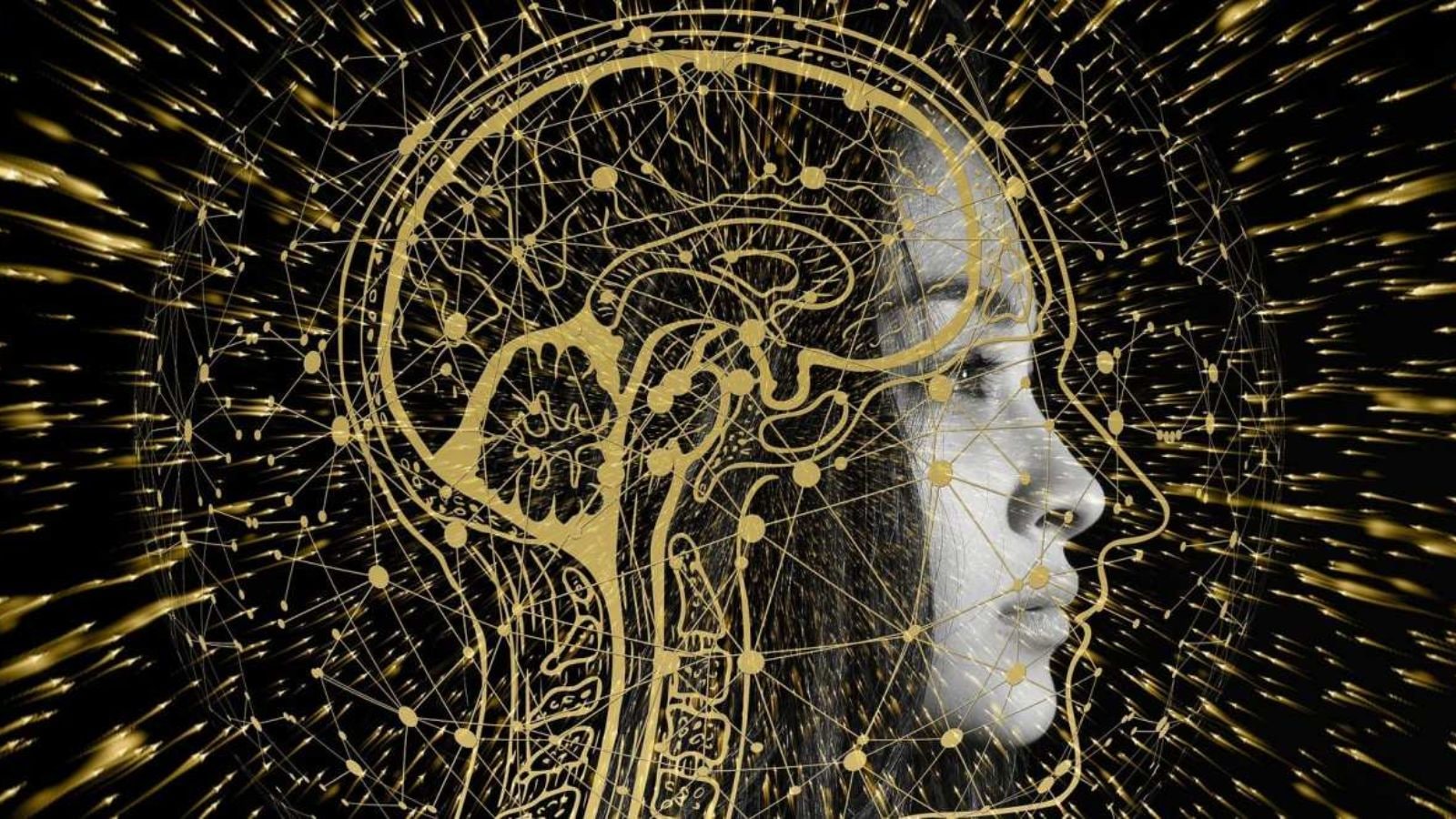
Artificial Intelligence–driven deepfake videos are increasingly appearing on social media platforms like Instagram and X (formerly Twitter). These manipulations—where women’s faces are superimposed onto explicit or misleading videos—violate privacy, dignity, and consent. The technology’s realism makes it difficult to distinguish fake from genuine content.
Government’s Response: Mandatory AI Labelling
To curb misuse, the Central Government proposed rules (October 2025) requiring mandatory labelling of AI-generated content. Users must declare if the uploaded material is “synthetically generated.” The move follows rising concerns over non-consensual imagery and personality rights violations faced by celebrities like Hrithik Roshan and Aishwarya Rai.
Gendered Impact and Legal Concerns
Deepfake abuse is highly gendered — women constitute the vast majority of victims. Studies reveal nearly 90% of deepfake pornography targets women influencers. These digital attacks blur the boundaries of consent and amount to online sexual harassment, raising critical questions about cyber law, privacy, and ethics in AI.
Case Studies and Legal Action
The issue gained prominence after a deepfake of actor Rashmika Mandanna went viral in 2023. Subsequently, PM Narendra Modi termed deepfakes a national “crisis.” Recent petitions in the Delhi High Court—such as by Aishwarya Rai—underline the urgent need for judicial protection of digital identity and personality rights.
Role of Social Media Platforms
Platforms like Meta (Instagram) and X claim to have AI policies, but enforcement remains weak. Labelling is often reactive, appearing only after a complaint. Despite safe-harbour provisions under the IT Act, experts like NS Nappinai (Supreme Court advocate) argue that companies must adopt proactive AI-detection and takedown mechanisms to ensure user safety.
Policy and Ethical Dimensions
The IT Ministry warns that deepfakes can be weaponised to spread misinformation, manipulate elections, damage reputations, and commit fraud. Hence, AI governance requires a balanced approach — combining technological watermarking, swift grievance redressal, and public awareness to safeguard individual rights.
UPSC Relevance
- GS Paper 2: Government policies, cyber laws, and digital governance.
- GS Paper 3: Technology, AI ethics, and cybersecurity challenges.
- Essay/Interview Topics: “AI and Ethics”, “Women’s Digital Rights”, “Balancing Innovation and Privacy.”
